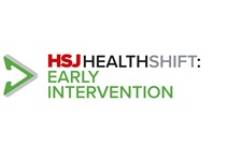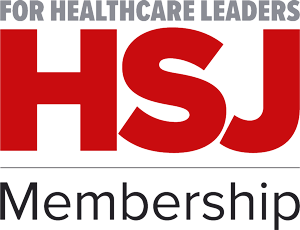Essential insight into England’s biggest health economy, by HSJ bureau chief Ben Clover.
There are many regulatory systems in the NHS and all of them have to avoid saying the same thing: “Services are more dangerous than they used to be – because supply has not kept up with demand.”
There are many tensions in this, because it’s difficult telling people working hard that their services are unsafe, or less safe than they used to be. It’s difficult to hear for politicians and for the public. Lonely job, being a safety regulator during a period of austerity. And that’s if you’re even getting the methodology right.
There’s a consensus that the Care Quality Commission was not getting the methodology right.
A multi-part review by the chair of North West London Integrated Care Board Penny Dash said so, along with Wes Streeting and much of the provider sector.
McKinsey alumni Dr Dash has also been called in to review six other parts of the NHS’s safety infrastructure.
The list has one glaring omission: NHS England itself.
The national commissioning board, once it took over the functions of NHS improvement, became responsible for overseeing performance and safety at trusts – and a story from Dr Dash’s own patch illustrates how askew this can go.
At this month’s meeting of the board NWL ICB chief executive Rob Hurd said he was “uncomfortable” with the NHSE process that saw Hillingdon Hospitals Foundation Trust last year moved from the highest level of regulatory scrutiny – NOF 4 – to the less concerning NOF 3.
He told the meeting in Wembley Civic Centre that the process of moving the trust to the still-less troubling NOF 2 had been planned also.
Why does this matter? Because during a routine inspection in July, the Care Quality Commission found problems at the trust severe enough to justify issuing a section 29a enforcement notice – one of the CQC’s most significant legal powers of intervention. The CQC found patient safety risks in the accident and emergency department and surgical assessment units – and S29a notices are for when the issues are “probably systematic” rather than an isolated matter.
And yet NHSE, the London regional tier and the ICB at least, were content to move the organisation from the most challenged (NOF 4) to some concerns (NOF 3) and to be trying to move it into the second best category (NOF 2).
Not only is that a jarring mismatch with what the CQC found – the leader of the integrated care system was “uncomfortable” with this, but went along with it anyway.
It wasn’t just the CQC that thought there were problems with Hillingdon. The ICB member representing the borough, who is also chair of the local Healthwatch, said she had been raising the issues for a long time.
Councillor Jane Palmer asked the meeting why it had taken a CQC inspection and legal notice to get the issue addressed publicly. “There’s something not quite right there”, she told the meeting.
NWL non-exec director Anita Charlesworth said: “We were assured that there was an action plan in place. Did Hillingdon have the quality governance and oversight to pick up on and address this?”
Referring to NHSE London she said: “Should more close supervision be provided to [the trust] until it doesn’t take a CQC inspection to surface issues here?”
Mr Hurd also said it shouldn’t have taken a CQC inspection.
But apparently that is what it took. The rest of the system was gearing up to rate Hillingdon as even safer.
The day before the ICB met had been the public meeting of the acute provider collaborative of the four north west London trusts, including Hillingdon. Attending both and hearing the discussions you would not know they were talking about the same trust.
An awkward time to be delivering a detailed criticism of the CQC is when that same body has taken legal action over safety problems the NWL system appears to have either missed or minimised.
Dr Dash’s report criticised the CQC’s focus on staff ratios – it will be interesting to see what the inspectors found regarding staffing at Hillingdon.
A few years ago Dr Dash was quoted saying that in areas where there was a strong acute provider collaborative then ICBs could end up having a “tiny” role, becoming vestigial.
NWL ICB is driving some bold work on integration across its eight boroughs, but in terms of overseeing a significant bit of the system (Hillingdon Hospital serves 350,000 people), has its chair’s hypothesis from 2021 been proven right?
Perhaps NHSE’s own performance framework should be the subject of Dr Dash’s scrutiny if she is next year installed as the body’s new chair.
Hillingdon told London Eye it moved to NOF 4 “due to concerns about financial sustainability and performance,” but has since been “able to demonstrate improvement in both areas”. The trust said its improvement journey is “ongoing”.
Source
Information obtained by HSJ
Source Date
October 2024
Topics
- Care Quality Commission (CQC)
- CHELSEA AND WESTMINSTER HOSPITAL NHS FOUNDATION TRUST
- HealthWatch
- IMPERIAL COLLEGE HEALTHCARE NHS TRUST
- Integrated care
- Integrated care
- Local government
- London
- London North West University Healthcare NHS Trust
- NHS England (Commissioning Board)
- Patient safety
- Quality and performance
- THE HILLINGDON HOSPITALS NHS FOUNDATION TRUST



























2 Readers' comments